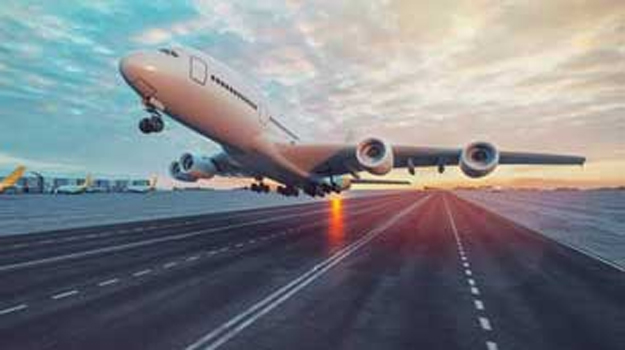
U.S. Deports Illegal Indian Immigrants as Military Plane Departs for India
Crackdown on Illegal Immigration Intensifies
The United States has initiated a large-scale deportation of illegal Indian immigrants, marking a significant shift in its immigration policy. Reports indicate that a C-17 military aircraft has already left for India, carrying Indian nationals who were living in the U.S. without legal documentation. Previously, the U.S. focused its deportation efforts on South American nationals, but now, Indian immigrants who entered the country illegally are also being targeted.
18,000 Illegal Indian Immigrants Identified
According to sources within the U.S. Department of Defense (Pentagon), immigration enforcement agencies have identified approximately 18,000 undocumented Indian nationals residing in various states across the country. Many of these individuals have been living without proper documentation for years, and now they face immediate deportation as part of the government’s aggressive immigration policies.
Authorities have confirmed that military aircraft will transport detained immigrants from El Paso, Texas, and San Diego, California, to their respective home countries. Over 5,000 Indian immigrants are expected to be deported in the coming weeks, as the administration accelerates its efforts to curb illegal immigration.
Trump Administration’s Stance on Illegal Immigration
The deportation wave follows Donald Trump’s pledge to remove 11 million undocumented immigrants from the United States. After securing victory in the U.S. presidential elections, Trump reaffirmed his commitment to enforcing strict immigration laws. Last week, military planes conducted six deportation flights carrying Latin American migrants back to their home countries. Despite resistance from nations like Colombia, which initially refused to allow U.S. planes to land, mounting diplomatic pressure forced them to cooperate. Similarly, India is expected to comply with the ongoing deportation process.
Use of Military Planes for Deportation Raises Costs
One controversial aspect of this deportation strategy is the use of military aircraft. Critics argue that utilizing U.S. Air Force planes, such as the C-17 Globemaster, significantly increases the cost of deportations compared to commercial airlines. However, government officials defend the decision, citing security concerns and the need for efficiency in executing large-scale deportations.
The Trump administration has also ordered the deployment of military personnel to patrol the U.S.-Mexico border, further tightening immigration control. Military bases are reportedly being repurposed to house detained immigrants before their deportation flights.
Escalating Trade Tensions with Canada, Mexico, and China
Alongside stricter immigration policies, Trump has escalated trade tensions with Canada, Mexico, and China by imposing heavy tariffs. The administration has also threatened to extend tariffs to European countries, further intensifying global trade conflicts. These aggressive economic policies coincide with Trump’s push to enforce strict immigration laws, signaling a broader nationalist agenda.
Legal Challenges and Humanitarian Concerns
Immigration rights activists and humanitarian organizations have strongly criticized the mass deportations. Legal experts argue that many of the affected Indian immigrants may qualify for asylum or other legal protections, yet they are being deported without due process. Several lawsuits are already in motion to challenge the government’s deportation policies, citing potential human rights violations and lack of transparency.
Families of deported immigrants have expressed distress over the abrupt removals, with many claiming that they were given little to no time to prepare for their forced return. Reports also suggest that detention facilities are overcrowded, raising concerns about the treatment of detainees awaiting deportation.
India’s Response to the Deportations
The Indian government has yet to make an official statement regarding the mass deportation of its nationals. However, sources indicate that India may face logistical challenges in accommodating thousands of returning immigrants. Efforts are underway to facilitate their reintegration, with discussions surrounding temporary housing, employment assistance, and legal aid for returnees.
India’s diplomatic response to the U.S. government’s actions will be closely monitored, especially considering the strong economic and strategic ties between the two nations.















